The Slow Loris is a group of Lorises in the taxonomic genus Nycticebus. They are closely related to their sister genus Loris, the Slender Lorises. Scientists believe there are eight different species of Slow Loris.
The different Slow Loris species are as follows: greater, pygmy, Philippine, Kayan River, Bengal, Bornean, Mangka, and Javan Slow Loris. Read on to learn about the Slow Loris.
Description of the Slow Loris
Slow Lorises might be primates, but they are more sloth like than monkey like. They have relatively short limbs, a small stub of a tail, and large round eyes.
These little primates also have dark patches of fur around their eyes, giving them a mask-like appearance. Most species of Slow Loris are about 10 in. long, and weigh no more than five pounds.
Interesting Facts About the Slow Loris
Slow Lorises are interesting and adorable creatures. Unfortunately, that makes humans want to own them as pets, and results in wild Slow Lorises being taken from their habitats. Learn more about these unique creatures, and their falling populations, below.
- Traditional Medicine – Humans hunt many endangered species for their body parts, which they use in Traditional Chinese Medicine. Just like tigers, pangolins, and rhinoceros, Slow Lorises also fall prey to this superstitious practice. Some of the frivolous claims and benefits include the ability to mend broken bones, cure leprosy, and ward off evil spirits.
- Slow Loris Venom – These little primates have venomous saliva, which causes allergic reaction in some people. They are the only primates that scientists have found which have venom. Scientists believe that every species of Slow Loris has this venom.
- Population Problem – These mammals face a number of different threats, and the animal’s inability to quickly reproduce exacerbates the impact of these threats. In fact, they have one of the slowest reproductive rates for animals their size. Their gestation period and weaning time are both abnormally long, which means it takes longer for their population to increase.
- Malu Malu – The people of Indonesia gave the Slow Loris the nickname “malu malu,” which translates to “shy one.” This nickname is in reference to their primary defensive posture. When alarmed, a Slow Loris lifts its arms above its head or over its face and freezes.
Habitat of the Slow Loris
These primates live mostly in dense forests with lots of vegetation. They inhabit lowland forests, evergreen forests, deciduous forests, swamps, shrublands, hardwood forests, bamboo forests, and more.
Their exact habitat preferences vary from species to species. Some species inhabit forests in low elevations, while others live up to 5,000 ft. above sea level.
Distribution of the Slow Loris
Each species of Slow Loris has a different range and distribution. Generally speaking, the more rare the species is, the smaller the range they inhabit. For example, the critically endangered Javan Slow Loris lives only on the western portion of the island of Java.
Most Slow Lorises live in various parts of Southeast Asia, including southern China, Bangladesh, Myanmar, Laos, Vietnam, Thailand, Malaysia, and Indonesia.
Diet of the Slow Loris
Slow Lorises are either herbivores, which feed on plants, or omnivores, which feed on plants and animals. Most species are generalists, and will feed on just about anything that looks tasty. Because of this, their diet is extremely varied.
On the herbivorous side, they feed on leaves, fruits, seeds, berries, sap, gum, stems, and more. On the carnivorous side, they hunt for spiders, termites, worms, bird eggs, lizards, and other small creatures.
Slow Loris and Human Interaction
Just like the rest of the Lorises, humans are detrimental to Lorises in many destructive ways. We threaten most species of Slow Loris with extinction to some degree. Nearly all populations of most species are currently in decline.
Their primary threats are capture for the pet trade, and hunting for meat or traditional medicine. Habitat destruction also poses a problem for most species.
Domestication
Humans have not domesticated Slow Lorises in any way.
Does the Slow Loris Make a Good Pet
No, the Slow Loris does not make a good pet. Its bites do produce venom, which can be dangerous. Because of this, people often pull the teeth of animals captured for the pet trade. This practice is quite cruel, and many Lorises die because of it. In most places, it is illegal to own any species of Slow Loris as a pet.
Slow Loris Care
Several different zoos house Slow Lorises of various species. The Slow Lorises in zoos play an important role for the survival of their wild counterparts. Primarily, zookeepers teach visitors about the plight of their wild counterparts, why they do not make good pets, and why it is important to conserve our natural habitats.
Secondarily, the Slow Lorises in zoos are part of a Species Survival Plan. Zookeepers pair the most distantly related animals, so that the offspring have the greatest genetic diversity. Captive breeding programs work to repopulate wild populations.
Behavior of the Slow Loris
All Lorises are nocturnal. They are most active at night, and sleep during the day. They move like a sloth, using all four legs and walking slowly, but they do not always hang upside down. Most Slow Loris species are arboreal, and spend the majority of their time in the trees. Most species live alone, but are not outright aggressive to their neighbors.
Reproduction of the Slow Loris
Scientists believe that some species of Slow Loris breed with multiple partners. While they are receptive, female Slow Lorises often breed with several males. In most species, it takes about six months for the female to give birth.
Twins are not uncommon, though they do give birth to one infant much of the time. Depending on the species, the female begins weaning the young when they are between three and six months old.

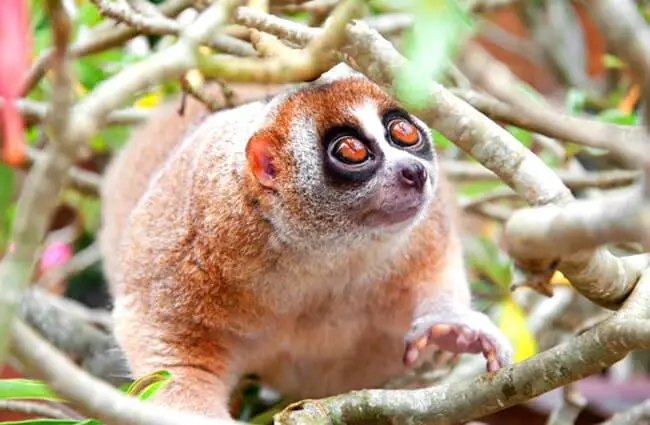

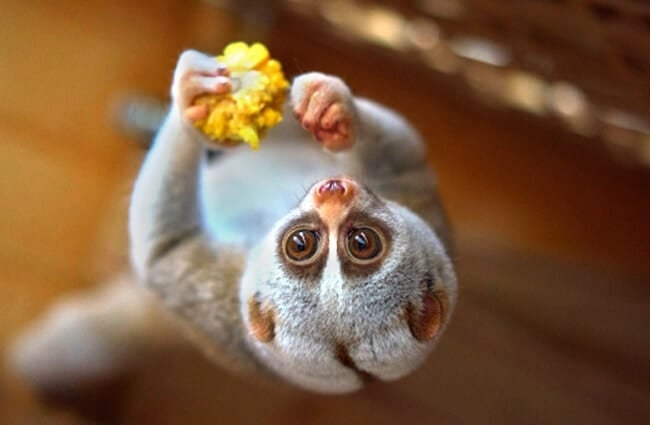
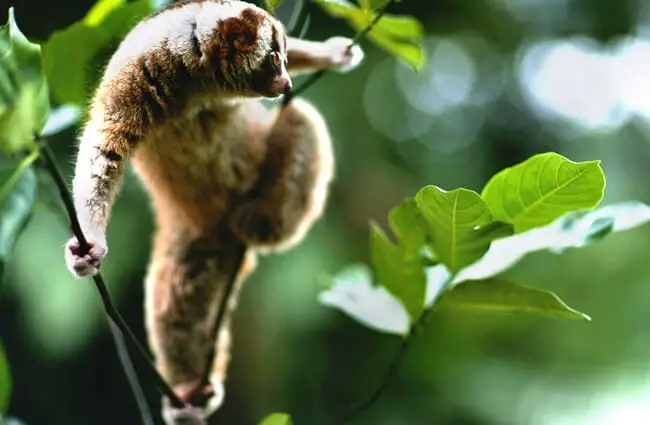
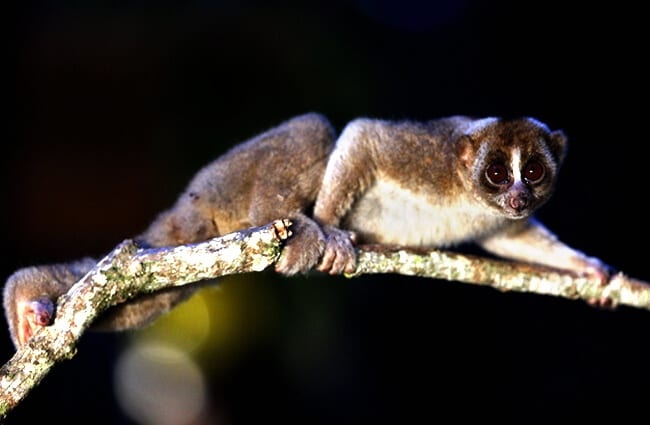


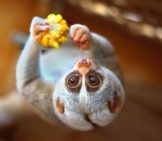
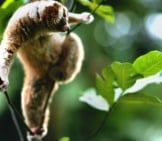
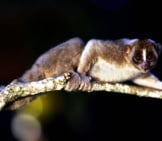
![Red Angus Closeup of a beautiful Red Angus cowPhoto by: U.S. Department of Agriculture [pubic domain]https://creativecommons.org/licenses/by/2.0/](https://animals.net/wp-content/uploads/2020/03/Red-Angus-4-238x178.jpg)




![Red Angus Closeup of a beautiful Red Angus cowPhoto by: U.S. Department of Agriculture [pubic domain]https://creativecommons.org/licenses/by/2.0/](https://animals.net/wp-content/uploads/2020/03/Red-Angus-4-100x75.jpg)

